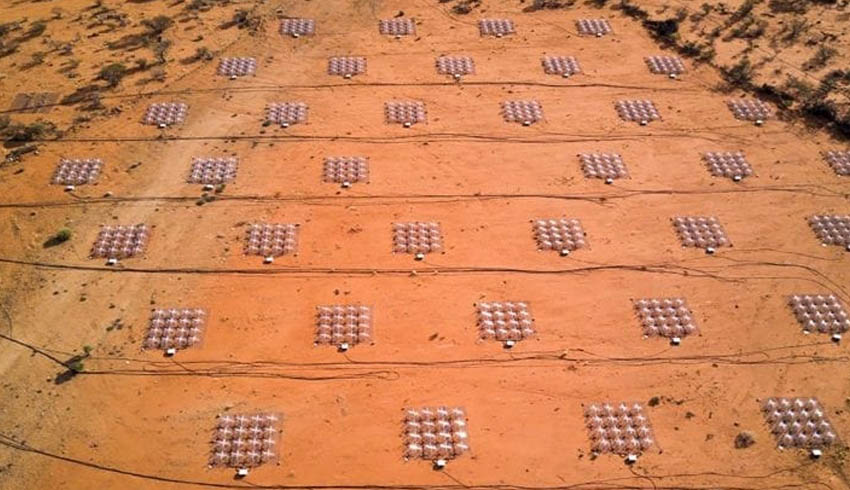Astronomers used the MWA telescope to explore hundreds of times more broadly than any previous search for extraterrestrial life.
The study, published on Thursday in Publications of the Astronomical Society of Australia, observed the sky around the Vela constellation. But in this part of the universe at least, it appears other civilisations are elusive, if they exist.
The research was conducted by CSIRO astronomer Dr Chenoa Tremblay and Professor Steven Tingay, from the Curtin University node of the International Centre for Radio Astronomy Research (ICRAR).
Dr Tremblay said the telescope was searching for powerful radio emissions at frequencies similar to FM radio frequencies, which could indicate the presence of an intelligent source.
These possible emissions are known as ‘technosignatures’.
“The MWA is a unique telescope, with an extraordinarily wide field-of-view that allows us to observe millions of stars simultaneously. We observed the sky around the constellation of Vela for 17 hours, looking more than 100 times broader and deeper than ever before,” Dr Tremblay said.
The MWA is a precursor for the instrument that comes next, the Square Kilometre Array (SKA), a $2.77 billion observatory with telescopes in Western Australia and South Africa.
Dr Tremblay added, “As Douglas Adams noted in The Hitchhikers Guide to the Galaxy, ‘space is big, really big’. And even though this was a really big study, the amount of space we looked at was the equivalent of trying to find something in the Earth’s oceans but only searching a volume of water equivalent to a large backyard swimming pool.”
“Since we can’t really assume how possible alien civilisations might utilise technology, we need to search in many different ways. Using radio telescopes, we can explore an eight-dimensional search space,” Dr Tremblay said.
The MWA is located at the Murchison Radio-astronomy Observatory, a remote and radio quiet astronomical facility established and maintained by CSIRO – Australia’s national science agency.
The SKA will be built at the same location but will be 50 times more sensitive and will be able to undertake much deeper SETI experiments.
“Due to the increased sensitivity, the SKA low-frequency telescope to be built in Western Australia will be capable of detecting Earth-like radio signals from relatively nearby planetary systems. With the SKA, we’ll be able to survey billions of star systems, seeking technosignatures in an astronomical ocean of other worlds,” Dr Tingay added.

